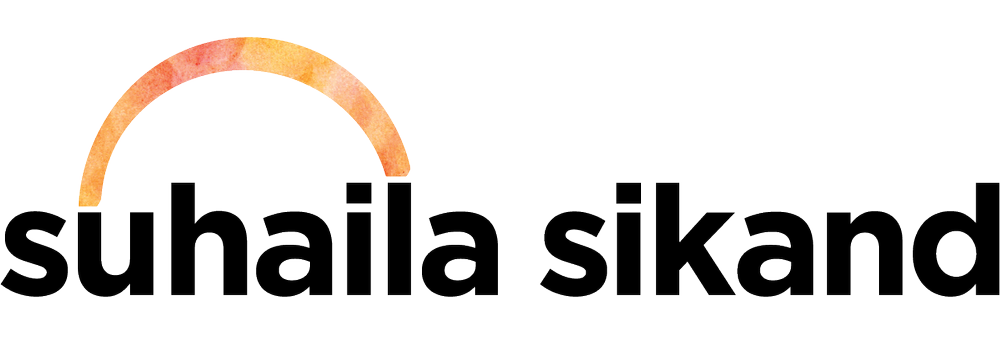Myself facilitating a workshop board for a client
engaging communities for urban planning
The Problem
Often times in urban planning, communities are not deeply rooted throughout the planning process. As a community engagement consultancy, we work to close the gap and ensure representation from the entire population.
My Role
I aid the consultancy to co-facilitate public meetings, strategize how to engage publicly, develop detailed plans to execute public engagement, and create supporting graphic/web materials.
Research
In order to fully serve the community, we ask a few questions, including the following:
What are the represented cultures in the project area or affected by the project area (including workers, students, and others that may travel to the area)?
Are these groups typically active in city government?
How do these communities absorb information and how have they participated in the past?
Insights
Many communities are English-as-a-second-language speakers, so translations and interpretation of public engagements should be readily available
Community members range in age and abilities, widely accessible information is very important
Many community members may need additional services like childcare and nutrients to feel accepted and welcome to join conversations
How Might We facilitate inclusive, accessible and equitable public engagements for urban planning projects?
facilitation
In order to best serve the client project and the community, we often facilitate in-person meetings to share information, gather input, or a mixture of both. Common meetings include: stakeholder meetings, focus-groups, planning commission meetings/workshops, community workshops, pop-ups at local events, and city council meetings/hearings. We often bring translators and/or host supplemental non-english meetings to create a more equitable engagement process. There are many opportunities for communities to provide input, either by public comments, facilitated brainstorms, structured Q&A, polling, surveys, etc. Each meeting is summarized and available to the public.
outreach
For best practices and public transparency, we ensure that each project has a webpage that can be used to post important updates/upcoming events, provide meeting summaries, leave comments about the project, learn about the engagement process, and find additional related resources. On some occasions, I manage the website and test continually for usability.
In addition to web based communication, we provide printed notifications of updates and events via local storefronts and events, all of which are also available in digital format. While printed copies is often necessary to keep access equitable, we try to utilize sustainable practices.
To increase community participation, projects typically run through social media platforms (twitter, facebook, instagram, nextdoor, etc.), by word of mouth through stakeholders and newsletters, or, sometimes, via community partners/liaisons selected through an open application process.
what we are learning from covid-19
With the inability to host in-person meetings, we were faced with new challenges as our clients navigated towards a web-based work process. To keep projects moving, we are hosting virtual meetings and workshops, often times with a translator. In addition, some projects have supplemental video presentations available in multiple languages or host virtual office hours. While it is clear that solely online engagements is not equitable or widely accessible, we must do our best to make it as accessible as possible. Alas, we have been focusing efforts on professional translation of materials and considering pulling SMS out of our toolbox again.
Moving Forward
We will keep our online toolbox even as we transition to in-person meetings when it’s safe. We hope to continue to and elaborate on our equitable practices as well as make progress towards more sustainable practices.

